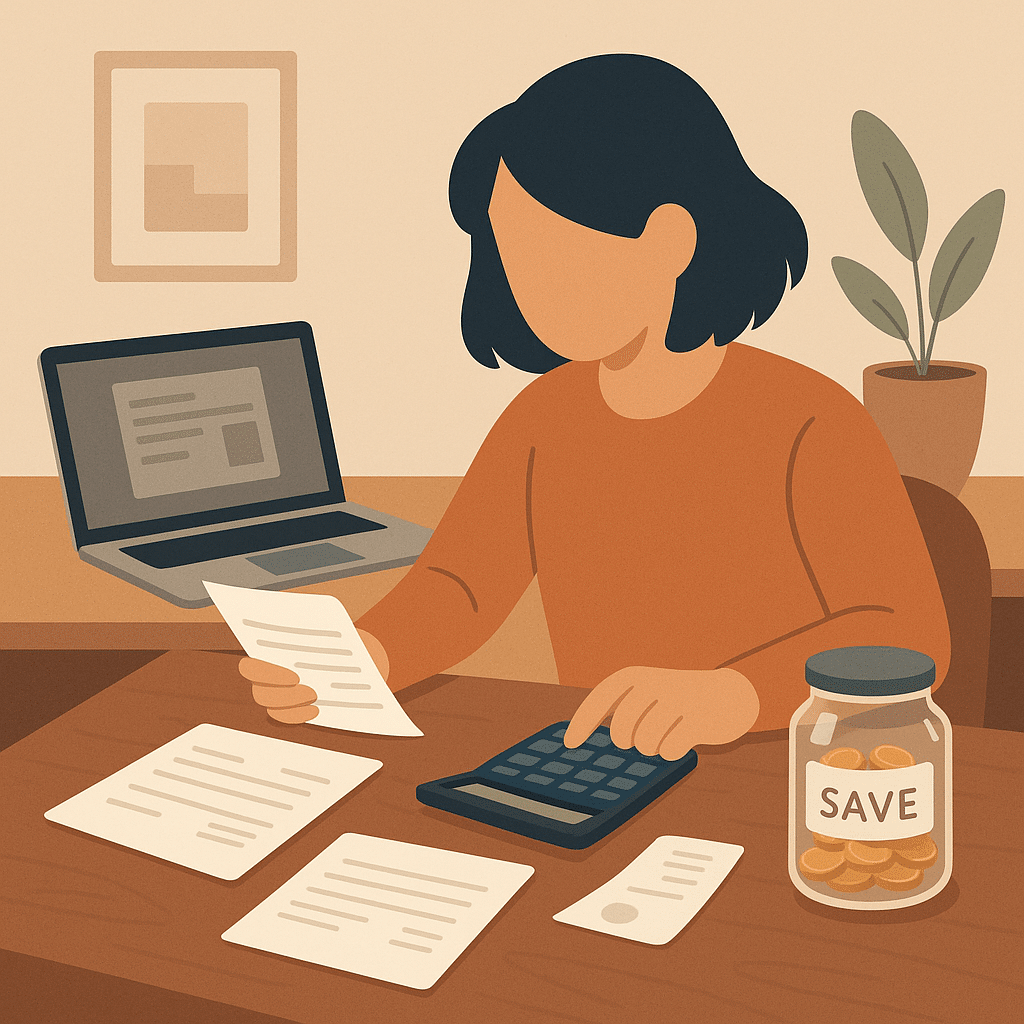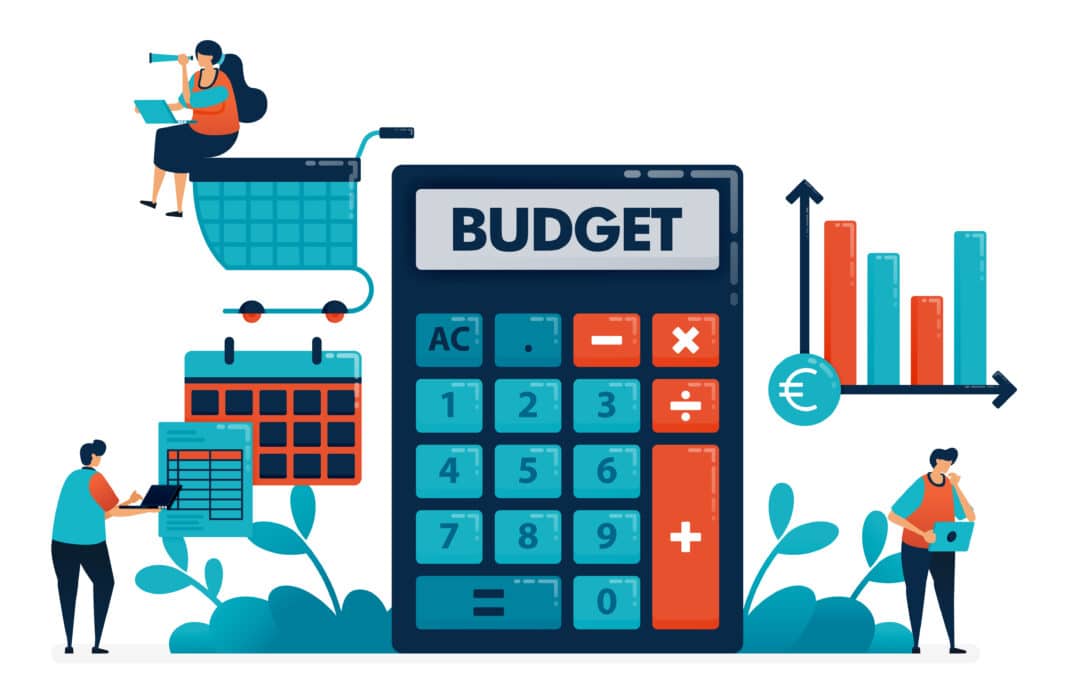Your complete step-by-step guide to mastering money management
Learning how to create and maintain a personal budget is one of the smartest financial steps you can take. A personal budget is more than just numbers on a spreadsheet — it’s a roadmap to financial stability and freedom.. Studies show that only 46% of adults have enough savings to cover three months of expenses (Bankrate), underscoring the need for effective budgeting. Whether you’re saving for a home, paying off debt, or simply looking to reduce financial stress, learning how to create and maintain a personal budget is one of the most powerful steps you can take.
Why Budgeting Matters
Budgeting gives you control over your money instead of wondering where it went. Without a budget, it’s easy to overspend and rack up debt. With a budget, you make intentional choices: how much to save, how much to spend, and where to cut back. It also reduces money-related stress, one of the leading causes of anxiety for adults.
Think of a budget as a financial GPS: it tells you where you are and helps you reach your destination.

Step 1: Calculate Your Net Income to Create and Maintain a Personal Budget
Start by determining how much money you actually take home each month after taxes and deductions (Huntington, Vermont Federal). Include:
- Salary or wages (after tax)
- Freelance or gig income
- Side hustles or part-time work
- Passive income streams (dividends, rental income)
If your income fluctuates, calculate an average over the last 6–12 months. Using a conservative estimate ensures you won’t overspend in high months and struggle in low ones.
Step 2: List and Categorize Expenses
Next, identify where your money goes. Write down all monthly expenses and sort them into categories:
- Fixed expenses: rent/mortgage, utilities, insurance premiums, car payments
- Variable expenses: groceries, gas, entertainment, dining out
- Irregular expenses: annual subscriptions, holidays, vehicle registration
Classify expenses as needs versus wants. This distinction will help identify areas where you can cut back without sacrificing essentials.
Step 3: Apply the 50/30/20 Budgeting Rule
A simple, popular framework is the 50/30/20 rule (Vermont Federal):
- 50% Needs: housing, food, transportation, healthcare
- 30% Wants: dining out, shopping, hobbies, entertainment
- 20% Savings/Debt: emergency fund, retirement accounts, debt repayment
For example, on a $3,000 monthly net income: $1,500 goes to needs, $900 to wants, and $600 to savings or paying down debt. Adjust percentages if necessary, but always aim to prioritize savings and debt reduction. This rule is one of the easiest ways to create and maintain a personal budget without stress.
Step 4: Build an Emergency Fund
Experts recommend saving at least 3–6 months of living expenses (Bankrate). Start with a small, achievable goal like $500 or one month’s rent. Gradually increase until you have a safety net that protects you from job loss, medical emergencies, or unexpected bills. Use a separate savings account or an app that automates deposits. Remember: the goal isn’t perfection, it’s consistency. An emergency fund works best when you also create and maintain a personal budget to track progress.

Step 5: Track, Review, and Adjust
Budgets aren’t set in stone. Use apps or spreadsheets to record expenses daily or weekly. At the end of each month, review your spending:
- Did you stay within your “needs” allocation?
- Were “wants” higher than expected?
- Are you hitting your savings goals?
Life changes — new job, move, family — so your budget should evolve with you. Reviewing regularly ensures your budget stays realistic and effective.
Practical Tips for Success
- Automate savings: set recurring transfers to savings accounts.
- Use cash envelopes: for discretionary categories like dining or entertainment.
- Cut subscription creep: audit streaming and app subscriptions quarterly.
- Cook at home: it’s healthier and often half the price of eating out.
- Celebrate small wins: each month you stick to your budget, reward yourself modestly.
By applying these tips, anyone can create and maintain a personal budget that truly works long term.
Mini-FAQ
What is the most important step in budgeting?
Tracking expenses — because you can’t improve what you don’t measure.
What if I overspend one month?
Don’t quit. Adjust next month’s budget and treat it as a learning experience.
Do budgeting apps really help?
Yes, apps like Mint, YNAB (You Need A Budget), or simple spreadsheets can make tracking much easier.
Further Reading
- Bankrate: Why an Emergency Fund Matters
- Huntington: Budgeting Basics
- Vermont Federal: Practical Budgeting Tips
Hero Image Source: Vecteezy – Free Budget Planning Illustration
